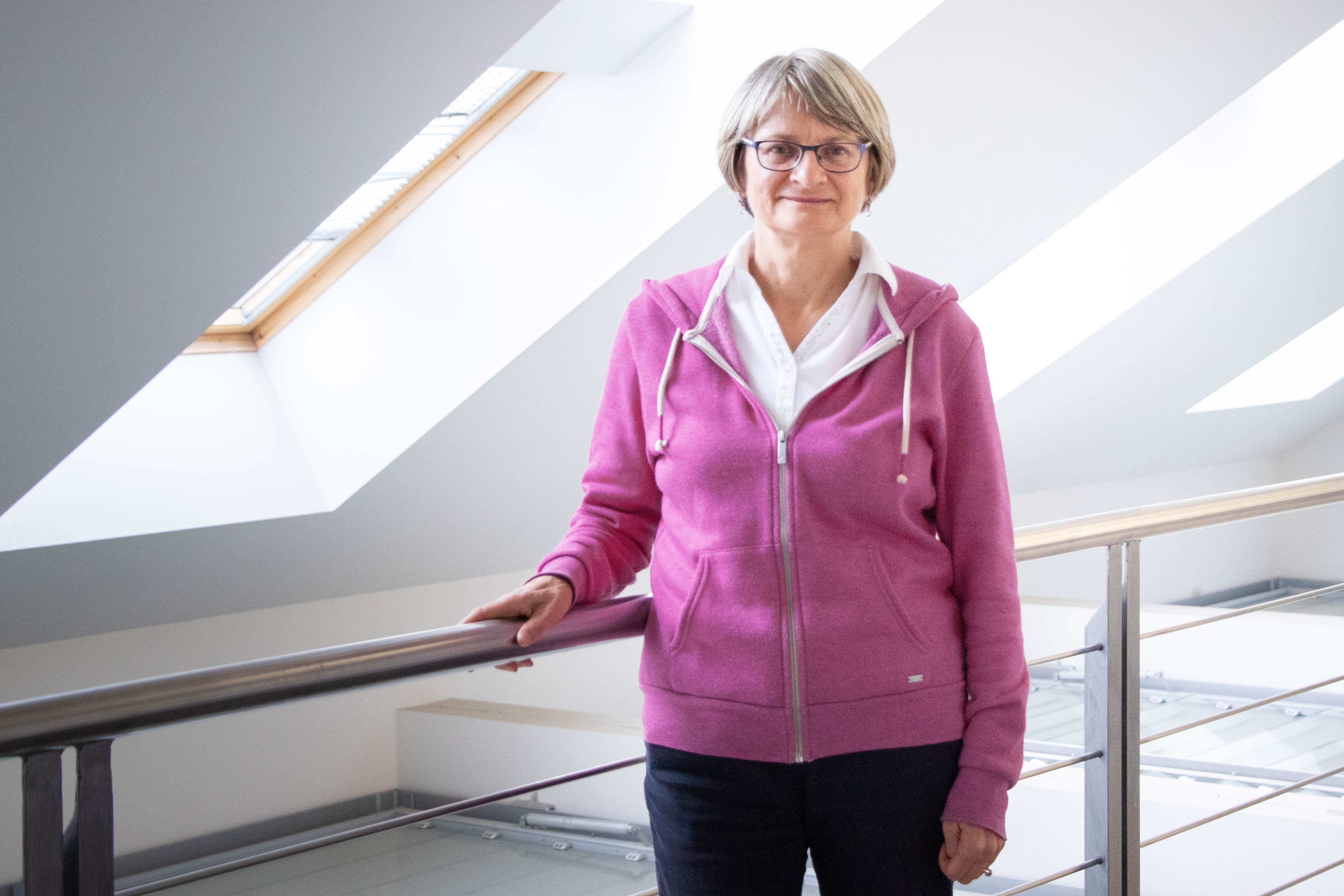Interview with Dr. Johanna Leissner
Cultural heritage as an innovation hub
As part of the Fraunhofer-Gesellschaft's Cultural Heritage Research Alliance, Fraunhofer IMW deals with the social value of cultural heritage and its protection from the consequences of climate change. Dr. Johanna Leissner, founder of the research alliance and representative at the Fraunhofer EU office in Brussels, talks about the alliance's success and the need for improvement in the field of cultural heritage.
Dr. Leissner, you are the co-founder and scientific representative for the Cultural Heritage Research Alliance, which was founded in 2008 by the Fraunhofer-Gesellschaft, the Leibniz Association, and the Prussian Cultural Heritage Foundation. As a chemist, what led you to the topic of cultural heritage?
I came across the topic of cultural heritage by chance when I was working at the Fraunhofer Institute for Silicate Research ISC in Würzburg. At that time, Fraunhofer ISC was involved in a research program on the topic of Preserving Glass and Stone." Among other things, we were researching how to develop a coating to protect stained glass, which is very susceptible to corrosion. We first designed model glass to test the coating and discovered that this glass could also be used as a sensor, for example to test whether a ventilation system was working properly. This project helped me to become more familiar with environmental research and to study medieval stained glass, which has always interested me. In the end, it was a happy coincidence that I was able to combine my passions.
2018 is European Heritage Year, and the Research Alliance is celebrating its tenth anniversary. What have you achieved with the Alliance over the past decade, and what scientific knowledge have you gained?
The Alliance is a voluntary association of research communities and doesn't come with a steady stream of funding. Nevertheless, we have achieved a lot. Within the Fraunhofer-Gesellschaft, we have fostered awareness that research is needed to preserve cultural heritage. Individual institutes that have been working independently on the topic now know about each other. This has led to a consolidation and structuring of resources around this topic. The Fraunhofer-Gesellschaft also received funds for an executive project which has made our research alliance more widely known. We were also involved in the EU "Climate for Culture" project, which provides a platform for the exchange of experiences in which different institutes' individual competencies are seen as complementary. The aim is not to "take away" research, but to enrich it. In Brussels, we were also able to ensure the inclusion of cultural heritage as a research focus, otherwise the European Year of Cultural Heritage would not have been possible. We also proposed a scientific conference in Berlin for June 2018.
Where do you see a scientific, social, and political need to improve on the subject of cultural heritage in the future?
In Germany, there is to date hardly any research on the effects of climate change on cultural heritage. I was the only representative from Germany to participate in a UNESCO strategy paper, over the course of which it became apparent that much more research was being conducted on our natural heritage. The Cultural Heritage Research Alliance is therefore an important, unique association in Germany pools competencies and creates contacts. Another challenge is that there is no general research program for cultural heritage in Germany. Inclusion, digitization, sensor technology, and risk management must also be researched in connection with museums. Just like Industry 4.0, Cultural Heritage 4.0 is also needed. Fraunhofer IMW's focal points, such as innovation and knowledge management, fit in well with these needs.
Over the past three years, Urban Kaiser's team at Fraunhofer IMW has carried out an extensive study on the social value of cultural heritage, together with Saxon partners in the research alliance's pilot project. Why is this important?
It is essential to show decision-makers in politics that data must be provided. The Fraunhofer IMW study is based on a novel approach that has never before been implemented in the field of cultural heritage. The results can be used to provide applications for the preservation and protection of cultural heritage using necessary data and, if necessary, to justify them from an economic point of view. In addition, the non-monetary component, i.e. the social value of a cultural heritage object, can be expressed and illustrated in figures for the first time - a great achievement. It is also important not to carry out small individual studies, but to collect data over a longer period of time in order to obtain meaningful results and contribute to innovation. Cultural heritage can be seen as an innovation hub, as artists often use or develop state-of-the-art technologies to create their works. This aspect of cultural heritage is still grossly underestimated.
Dr. Johanna Leissner
Rue Royale 94
B-1000 Brussels
Phone: +32 2 506-4243
